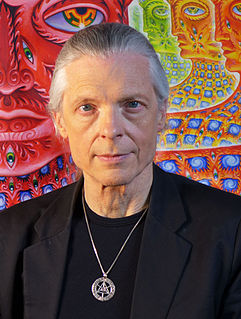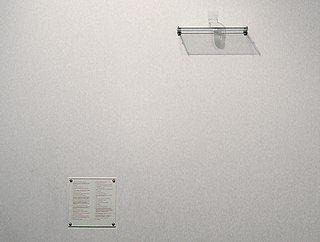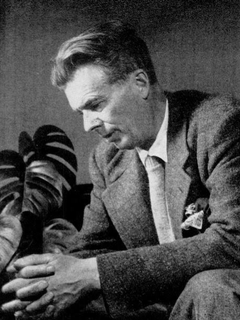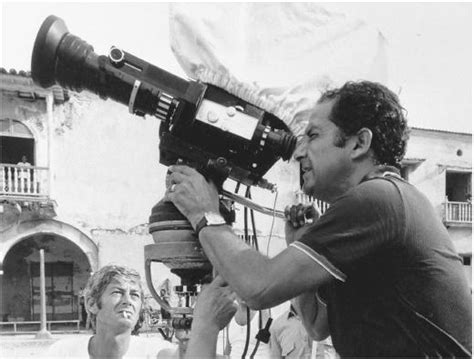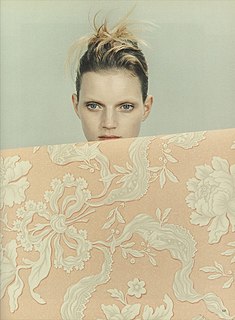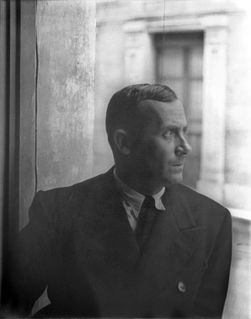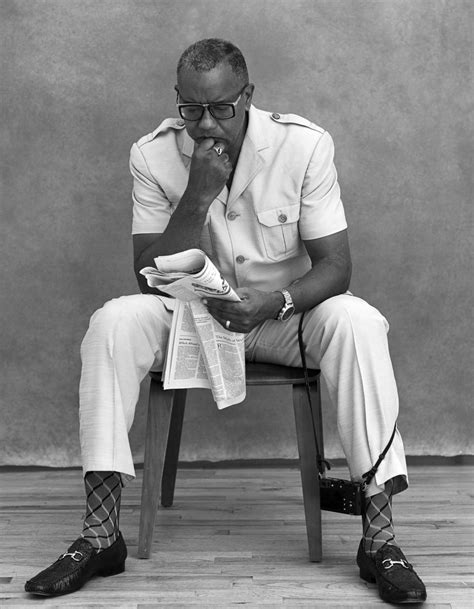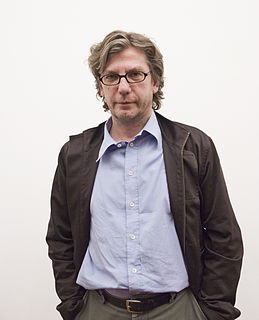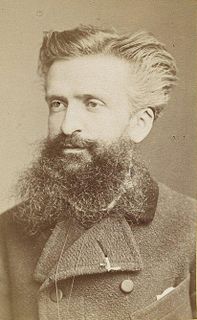A Quote by Alex Grey
I've always been fond of the idea expressed in Buddhist art, that there are certain objects that, just by seeing them, can plant a seed for liberation in the individual. That class of objects is called "liberation through seeing." Certain Buddha images are like that, but if it were possible, I would like to find contemporary non-traditional sacred images. Maybe it sounds pretentious, but most spiritual paths point to the possibility that we all can access the deep, absolute dimensions of reality.
Quote Topics
Absolute
Access
Always
Art
Been
Buddhist
Certain
Class
Contemporary
Deep
Dimensions
Expressed
Find
Fond
Idea
Images
Individual
Just
Liberation
Like
Maybe
Most
Non-Traditional
Objects
Paths
Plant
Point
Possibility
Possible
Pretentious
Reality
Sacred
Seed
Seeing
Sounds
Spiritual
Spiritual Path
Them
Through
Traditional
Were
Would
Related Quotes
For myself, as, no doubt, for most of my contemporaries, the philosophy of meaninglessness was essentially an instrument of liberation. The liberation we desired was simultaneously liberation from a certain political and economic system and liberation from a certain system of morality. We objected to the morality because it interfered with our sexual freedom.
I had motives for not wanting the world to have meaning; consequently assumed that it had none, and was able without any difficulty to find satisfying reasons for this assumption ... For myself, as no doubt, for most of my contemporaries, the philosophy of meaninglessness was essentially an instrument of liberation. The liberation we desired was simultaneous liberation from a certain political and economic system, and liberation from a certain system of morality. We objected to the morality because it interfered with our sexual freedom.
In the fall of 1988, I worshipped God in a Buddhist temple. As the smell of incense filled the air, I knelt before three images of the Buddha, feeling that the smoke could carry my prayers heavenward. It was for me a holy moment for I was certain that I was kneeling on holy ground....I will not make any further attempt to convert the Buddhist, the Jew, the Hindu or the Moslem. I am content to learn from them and to walk with them side by side toward the God who lives, I believe, beyond the images that bind and blind us.
First of all, directing is an idea that you have of a total flow of images that are going on, which are incidentally actors, words, and objects in space. It's an idea you have of yourself, like the idea you have of your own personality which finds its best representation in the world in terms of specific flows of imaginary images. That's what directing is.
There is an interesting and new way to be excited about the fashion world today maybe. The traditional path of fashion as simple magazine images has dissolved - we are seeing new and innovative ways to share, create, and enjoy ideas. I am challenged to learn and explore paths of finding new photographers, stylists, and vision-makers online or through direct contact, connecting with ideas and creativity in new ways, and making images with different outlets. Sometimes more unbridled avenues and unconventional ways lead to things I wouldn't have thought of yet.
I like art that challenges you and makes a lot of people angry because they don't get it. Because they refuse to look at it properly. Rather than open their mind to the possibility of seeing something, they just resist. A lot of people think contemporary art makes them feel stupid. Because they are stupid. They're right. If you have contempt about contemporary art, you are stupid. You can be the most uneducated person in the world and completely appreciate contemporary art, because you see the rebellion. You see that it's trying to change things.
I'm shooting a gangbanger, but as a dignified man. That's pretty much what war photography did: seeing images of soldiers in a dignified way. They might have been killers in Vietnam, but I'm seeing another side of them, and looking at images of the the American soldiers, also the North Vietnamese and the Viet Cong - I never saw an enemy.
To suffer is one thing; another thing is living with the photographed images of suffering, which does not necessarily strengthen conscience and the ability to be compassionate. It can also corrupt them. Once one has seen such images, one has started down the road of seeing more - and more. Images transfix. Images anesthetize.
I've been collecting photographs since I don't know when, for a long time, for different reasons. You can find them on eBay and when we were browsing through the shops there were images that attracted me. These are all historical images because these days they're all digital. They don't exist anymore.
